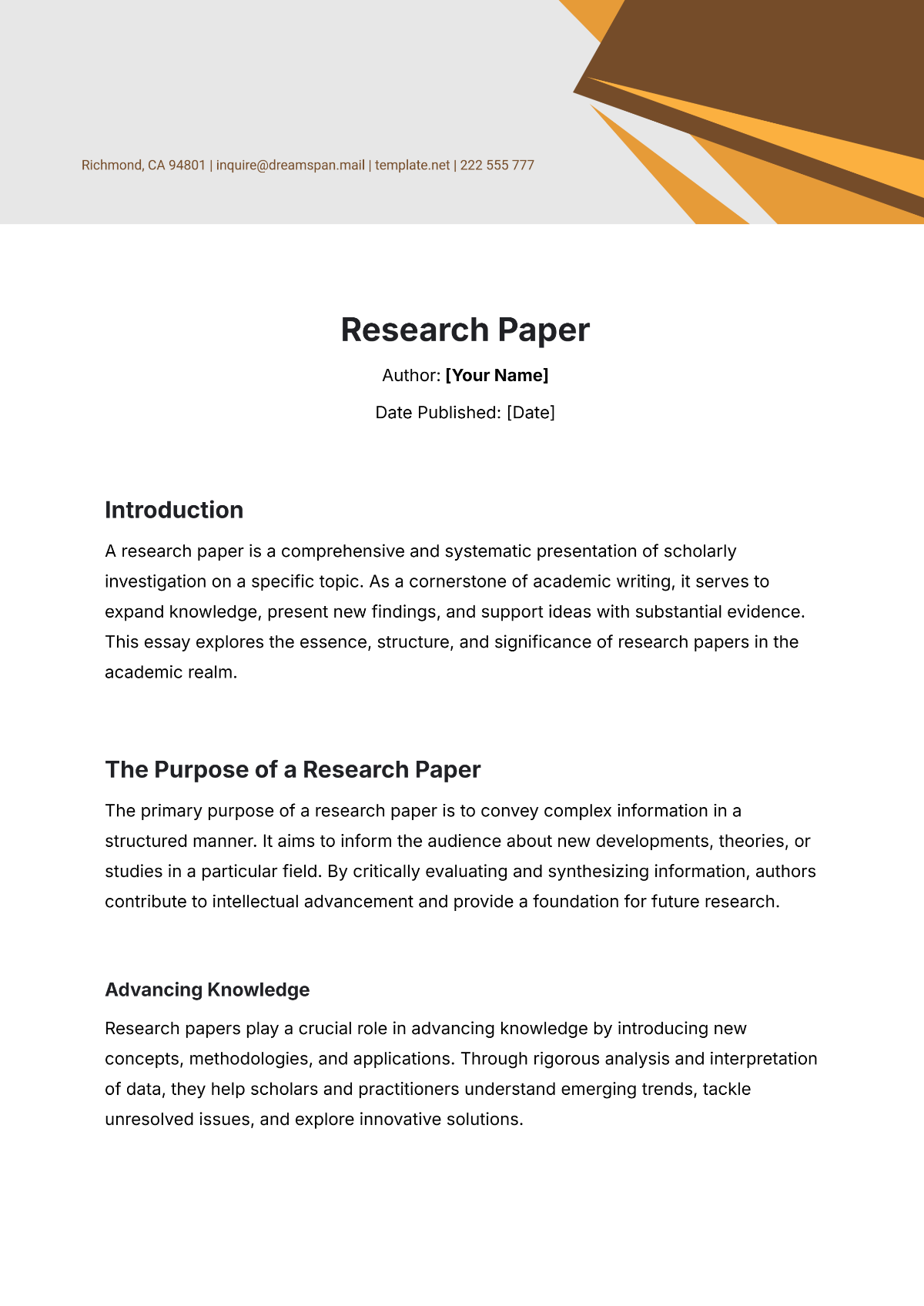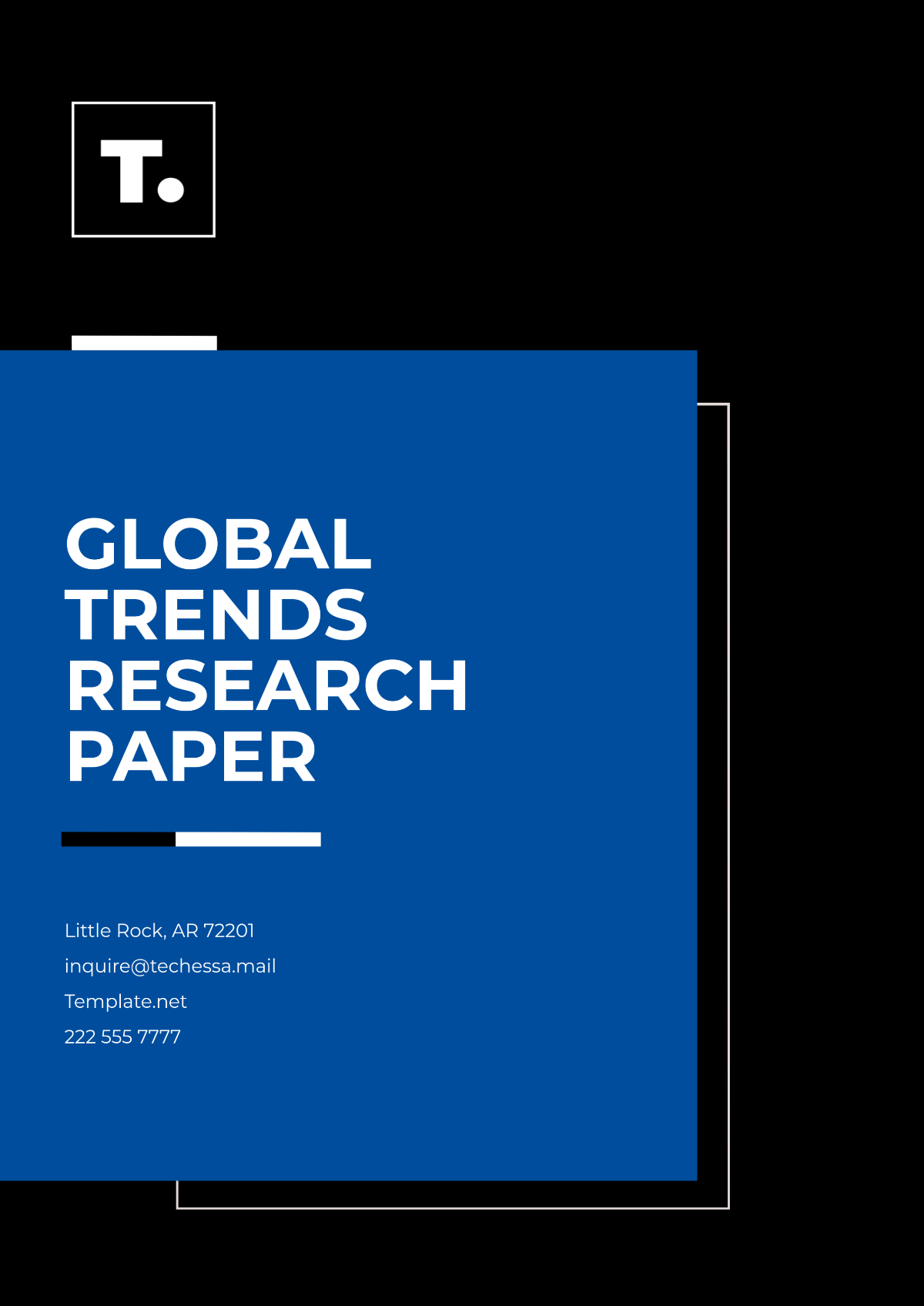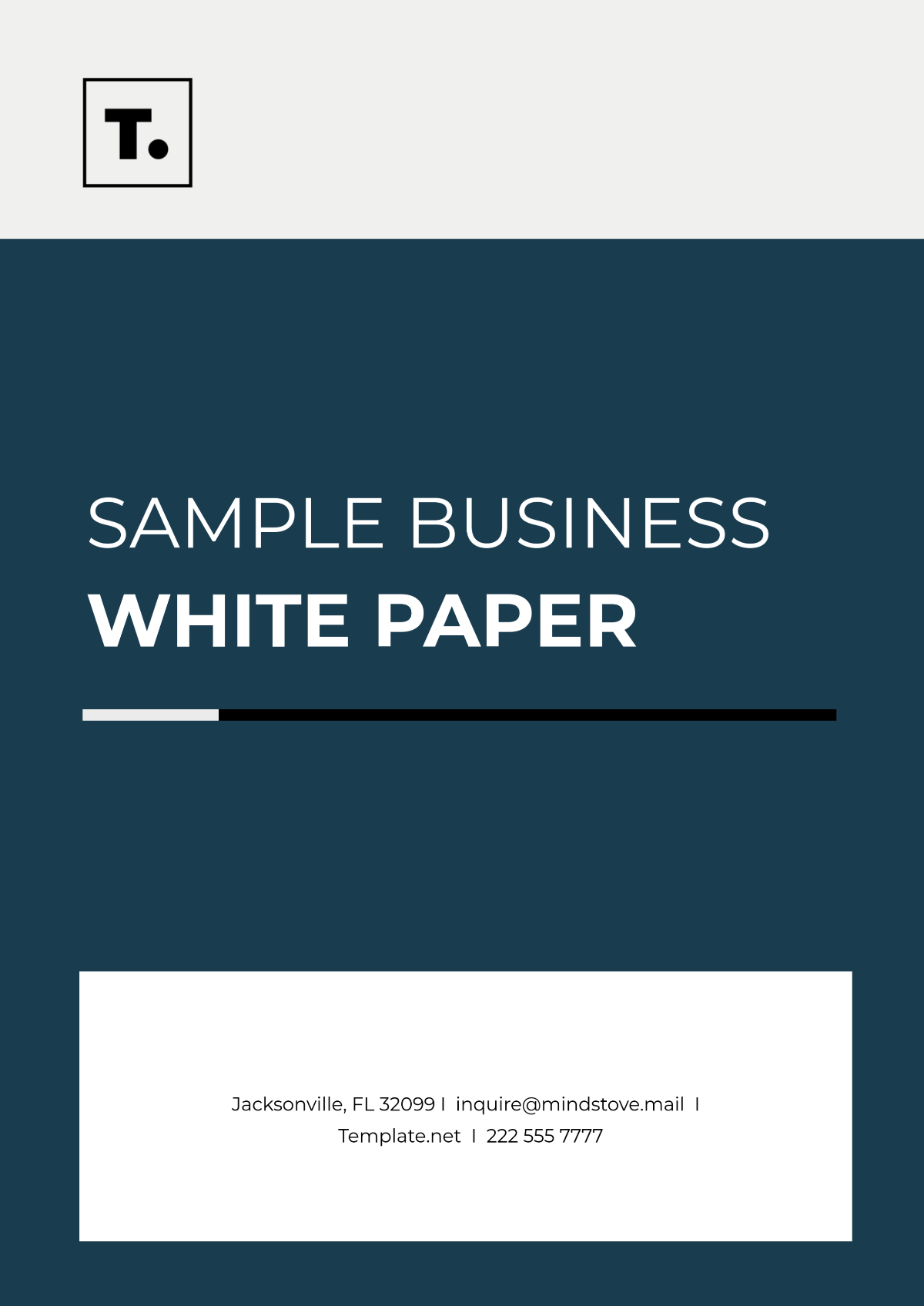Free Labor Law Descriptive Research
Simplify your labor law research with Template.net's customizable Labor Law Descriptive Research Template. Perfect for legal professionals and academics, this editable template allows for detailed documentation of labor laws and case studies. Tailor it to fit your specific research needs using our AI Editor Tool, ensuring precise and thorough analysis in the field of labor law.






























